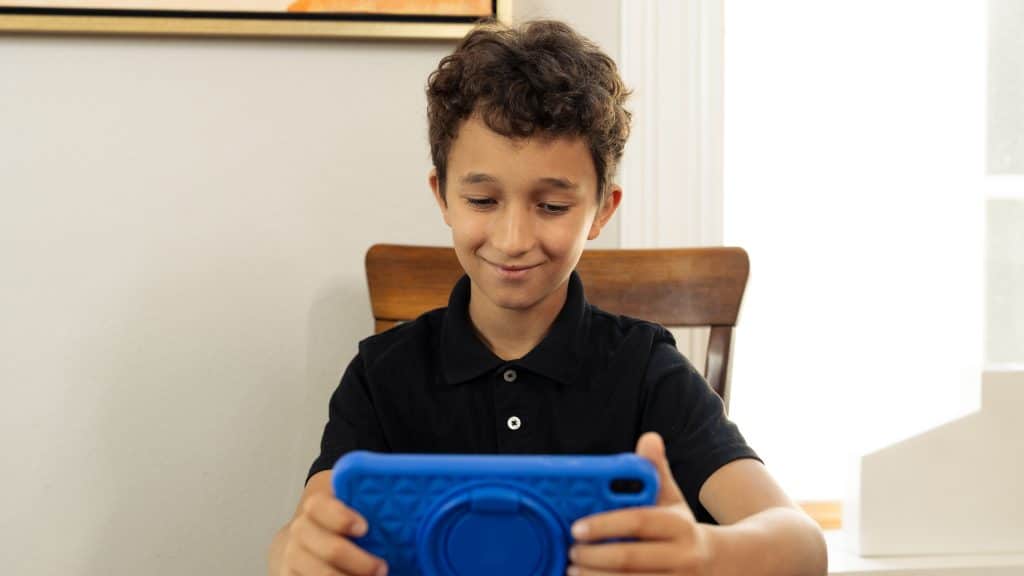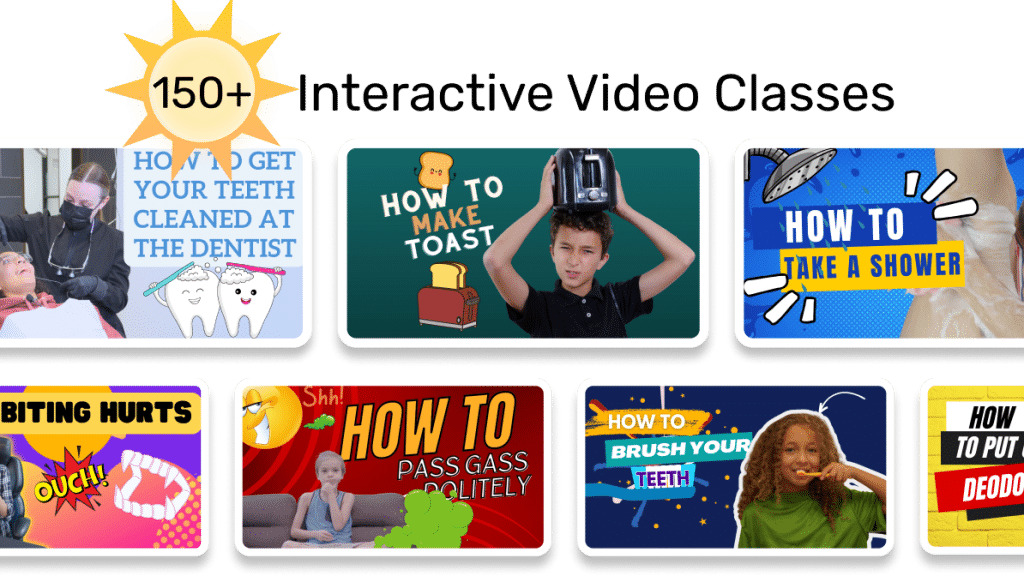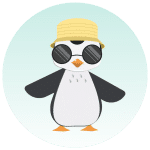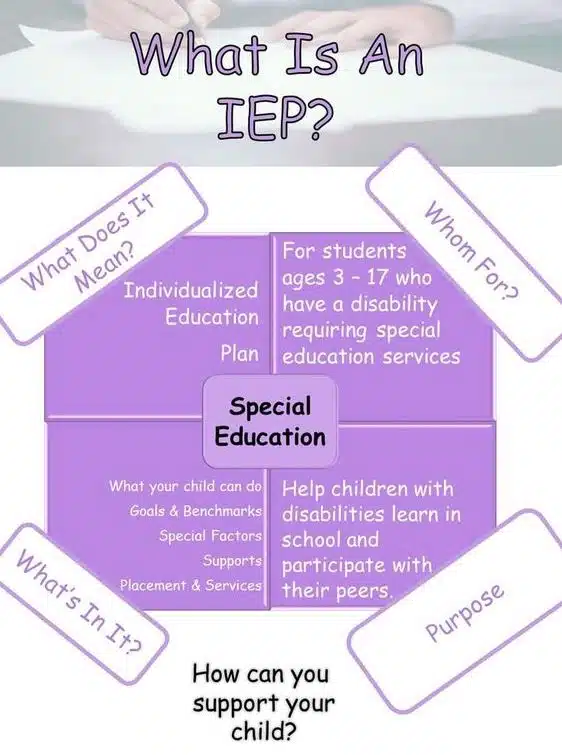As a parent of a neurodivergent child, you’ve likely encountered a slew of educational terms and acronyms. Among these, IEP is one that frequently surfaces. But what does IEP mean? IEP stands for Individualized Education Program. It’s a plan that helps students with disabilities receive specialized instruction and services. How does it impact your child’s education? This guide aims to explain the IEP meaning, providing you with a clear understanding of their role in supporting your child’s educational journey.
Table of Contents
What is an IEP?
Let’s start with the basics. IEP stands for Individualized Education Program. IEPs are created in collaboration between a student’s school district, their parents, and sometimes the student themselves. They include information about the student’s current performance, goals, and educational placement. IEPs also outline the special education services, supports, and instruction a student needs to succeed in school.
IEPs are part of public education for PreK–12. Students with disabilities that may qualify for an IEP include those with: Autism, Intellectual disabilities, Orthopedic impairments, Brain injuries, Deafness, Vision impairments, Speech or language impairments.
But, it’s not just a piece of paper. An IEP is part of the Individuals with Disabilities Education Act (IDEA), a federal law ensuring free and appropriate public education (FAPE) for children with disabilities. This law requires schools to provide services and accommodations that enable these students to learn and participate in the general education curriculum.
What Does IEP Stand For?
IEP, for the Individualized Education Program, is more than an acronym. The school’s pledge is to provide your child with a learning environment that caters to their unique needs.
SPONSORED BY: Goally
Goally’s Kid’s Tablet has one of the largest libraries of skill-building videos (like “How to Share” and “What To Do When You’re Lost”) in the Goal Mine app.👇
Sponsored by: Goally
"Goally has changed our lives. I no longer nag our son nonstop to complete basic tasks like getting ready for bed or cleaning his room!" — Bryna, Goally Mom Learn more →
So, what’s in an IEP? It includes detailed information about your child’s current academic and functional performance, annual goals, special education and related services, accommodations, and participation in state and district-wide tests. Essentially, it’s a comprehensive plan to ensure your child’s educational success.
What Does IEP Mean?
Now that we know what an IEP is and what it stands for let’s look into the IEP meaning. For parents of neurodivergent kids, understanding the IEP meaning is crucial. It signifies your child has a right to an education tailored to their unique needs. It’s not a one-size-fits-all approach but a customized plan that considers their strengths, challenges, and interests.
Furthermore, the IEP meaning signifies collaboration. It’s a document developed by a team, which includes you, the parent. You have a say in your child’s education and can advocate for their needs. This is where tools like Goally can support and structure your child’s daily routines and tasks.

Read more: IEP Learning Disability
How Goally Can Complement Your Child’s IEP
Goally, a learning tablet for kids, can be a powerful tool in complementing your child’s IEP. It’s designed to help kids with thinking and learning differences manage their daily routines and tasks more effectively. Goally provides structure and consistency, two key elements that often benefit neurodivergent kids. It can help your child understand what’s expected of them, stay on task, and develop independence. This can be particularly useful for achieving IEP goals related to organization, time management, and task completion.
Goally | The Safest Tablet for Kids

Moreover, Goally’s visual schedules and reward systems can motivate your child and make learning more engaging. It can also provide valuable data on your child’s progress, which can inform IEP reviews and adjustments. In short, Goally can be a valuable ally in your child’s educational journey, supporting the objectives of their IEP and promoting their overall growth and development.
IEP in the Schools
In the school setting, an IEP is a blueprint for how a child with a disability will learn. It guides teachers, therapists, and other school staff in understanding the child’s needs and how best to support them.

Read more: 7 IEP Meeting Tips for Parents
Remember this, an Individualized Education Program (IEP) isn’t a one-and-done document. It’s evaluated a minimum of once a year (or more if required) and can be updated to mirror any shifts in a child’s needs or progress. This ongoing revision makes sure that the IEP keeps pace and remains a potent tool for boosting your child’s scholastic and practical development.
What is an IEP in School?
In school, an IEP is a tool that ensures your child’s learning needs are met. It outlines the specific services, accommodations, and modifications your child will receive to help them succeed. This could include speech therapy, occupational therapy, extra time on tests, or a quiet workplace.
But an IEP is more than just a list of services. The school’s commitment is to provide your child with a meaningful and beneficial educational experience. It’s a promise to see your child as an individual, not just a student with a disability. And it’s here that Goally can be a game-changer, helping your child manage their tasks and routines more effectively.
Read more: Your Questions Answered About The IEP Process
What Does IEP Mean?
At its core, the IEP is about equity and access. It’s about ensuring that all children, regardless of their disabilities, have the opportunity to learn and grow. It’s about recognizing that every child is unique and deserves an education that reflects their needs and potential.
Goally | Apps To Support Child Development
Looking for fun ways to help your child learn life skills? Try Goally! The Goally tablet comes with award-winning learning apps and video classes to help kids develop the skills they need to become independent with FUN & evidence-based practices.

Our apps teach executive function, language, emotional regulation, finger dexterity skills, and more.
As your child develops new skills, you can increase the difficulty level of the tasks in the app to challenge and motivate them even further. This helps your child grow and progress at their own pace, while also keeping them engaged and excited about their development.

In essence, the IEP meaning is a beacon of hope for parents of neurodivergent kids. It’s a commitment from the school to provide an education that’s tailored to your child’s unique needs. It’s a tool that fosters collaboration between you and the school, ensuring your child’s educational journey is a shared responsibility. The IEP is more than just a document; it’s a testament to your child’s right to an education that recognizes and nurtures their potential. So, as you navigate your child’s educational path, remember that you’re not alone. With the IEP as your guide, you’re well-equipped to advocate for your child’s needs and help them thrive in their learning environment.
FAQs About IEP Meaning
What does IEP stand for? IEP stands for Individualized Education Program. What is the purpose of an IEP? An IEP provides a tailored educational plan for students with disabilities, ensuring they receive appropriate support and accommodations in school. Who qualifies for an IEP? Students with identified disabilities that affect their educational performance may qualify for an IEP, provided they meet specific criteria under federal and state laws. How is an IEP different from a 504 Plan? While both provide support, an IEP offers specialized instruction for students with disabilities, whereas a 504 Plan provides accommodations without changing the curriculum. How often is an IEP reviewed? IEPs are reviewed at least annually, but can be revisited more frequently if needed to address the student's changing needs or concerns.
This post was originally published on 10/10/2023. It was updated on 01/10/2024.

Goally
We help parents teach their kids life skills, like doing bedtime and morning independently. Backed by science, we incorporate evidence-based practices and expert-informed designs in all of our apps and content.






